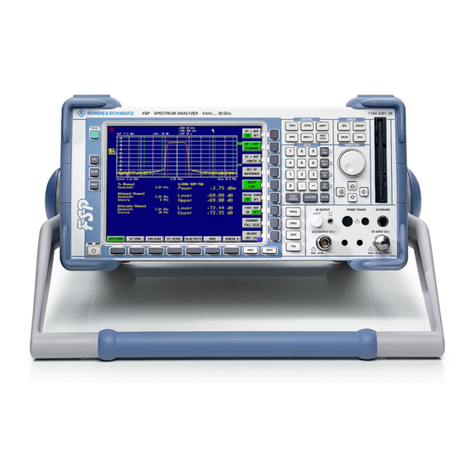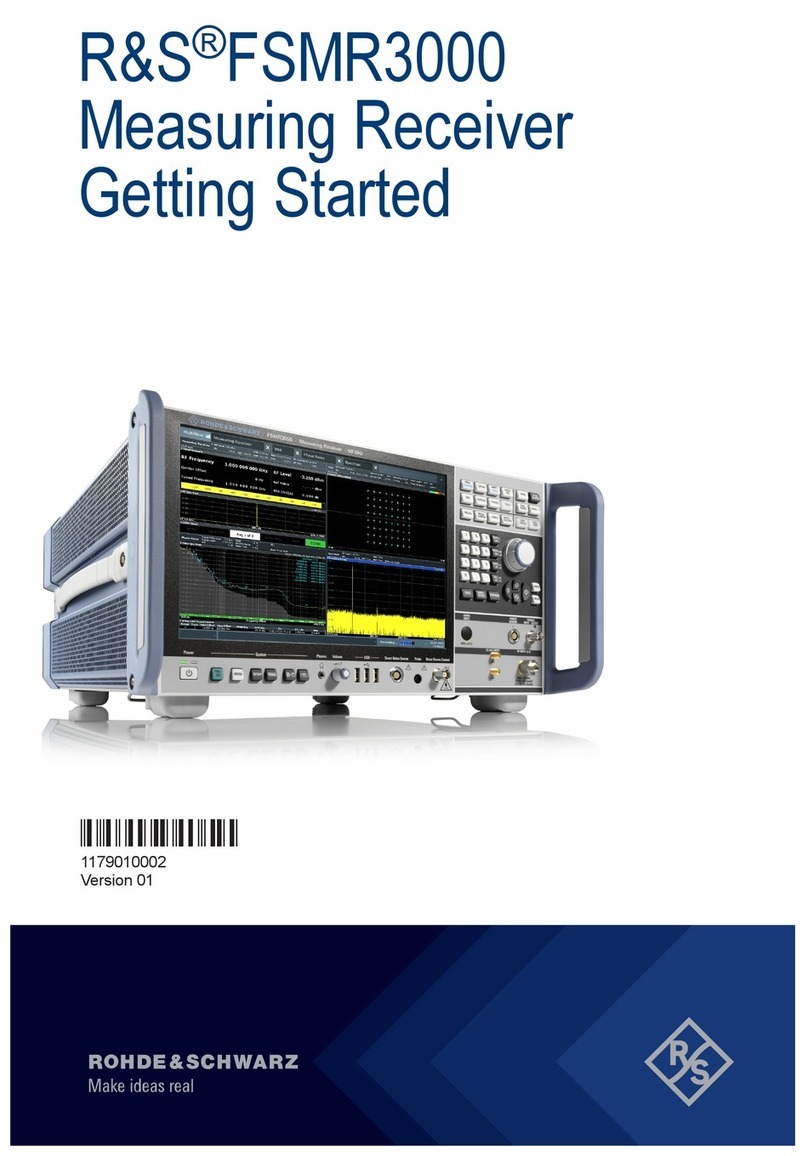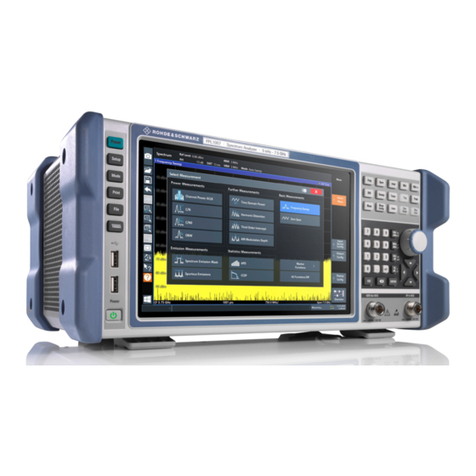Rohde & Schwarz FSH Instruction manual
Other Rohde & Schwarz Measuring Instrument manuals
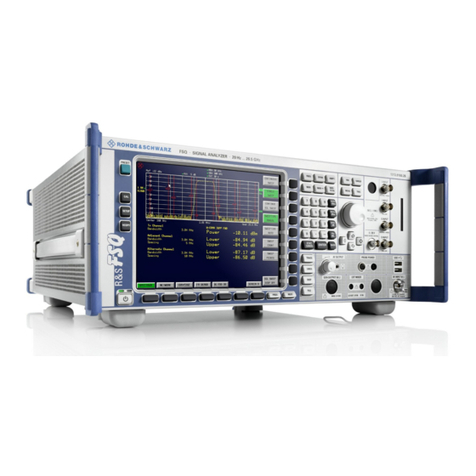
Rohde & Schwarz
Rohde & Schwarz FSQ series User manual
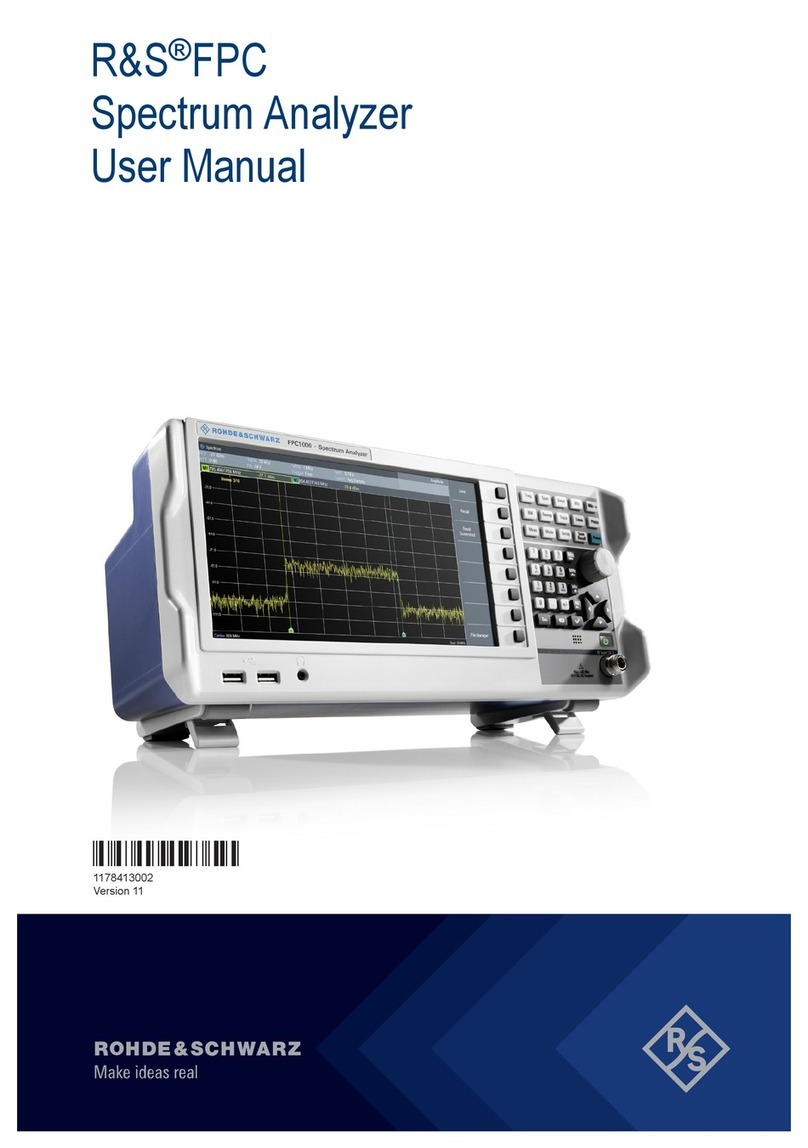
Rohde & Schwarz
Rohde & Schwarz R&S FPC User manual
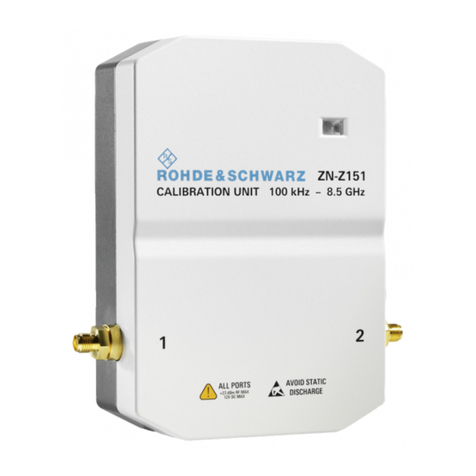
Rohde & Schwarz
Rohde & Schwarz ZN-Z15 Series User manual
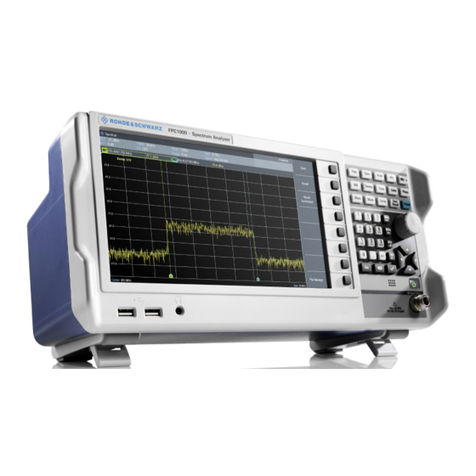
Rohde & Schwarz
Rohde & Schwarz FPC Series User manual
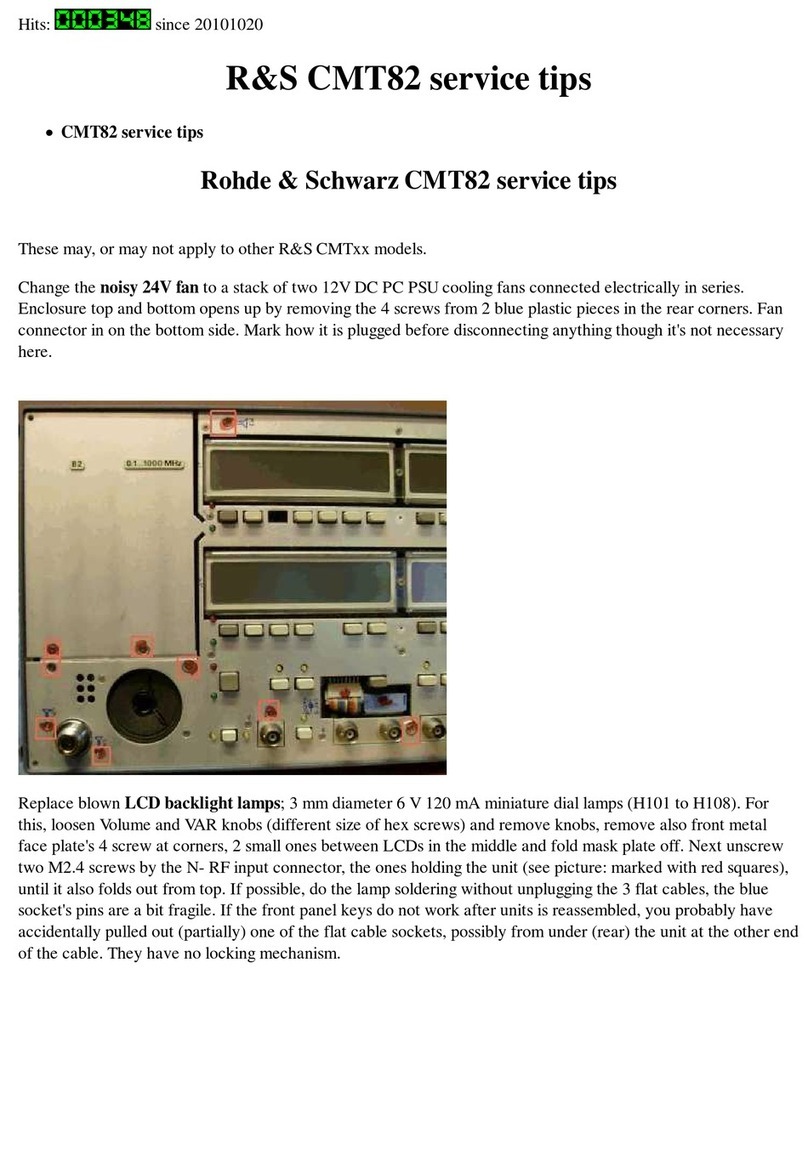
Rohde & Schwarz
Rohde & Schwarz CMT82 Assembly instructions
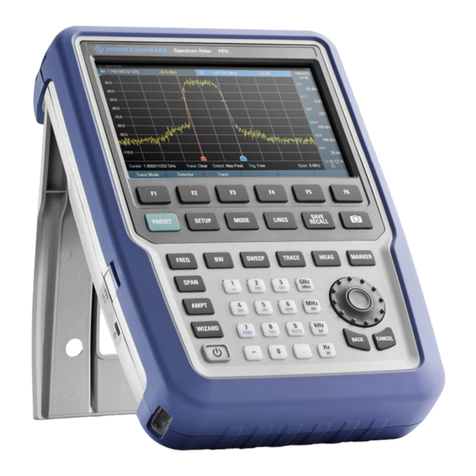
Rohde & Schwarz
Rohde & Schwarz Spectrum Rider FPH User manual
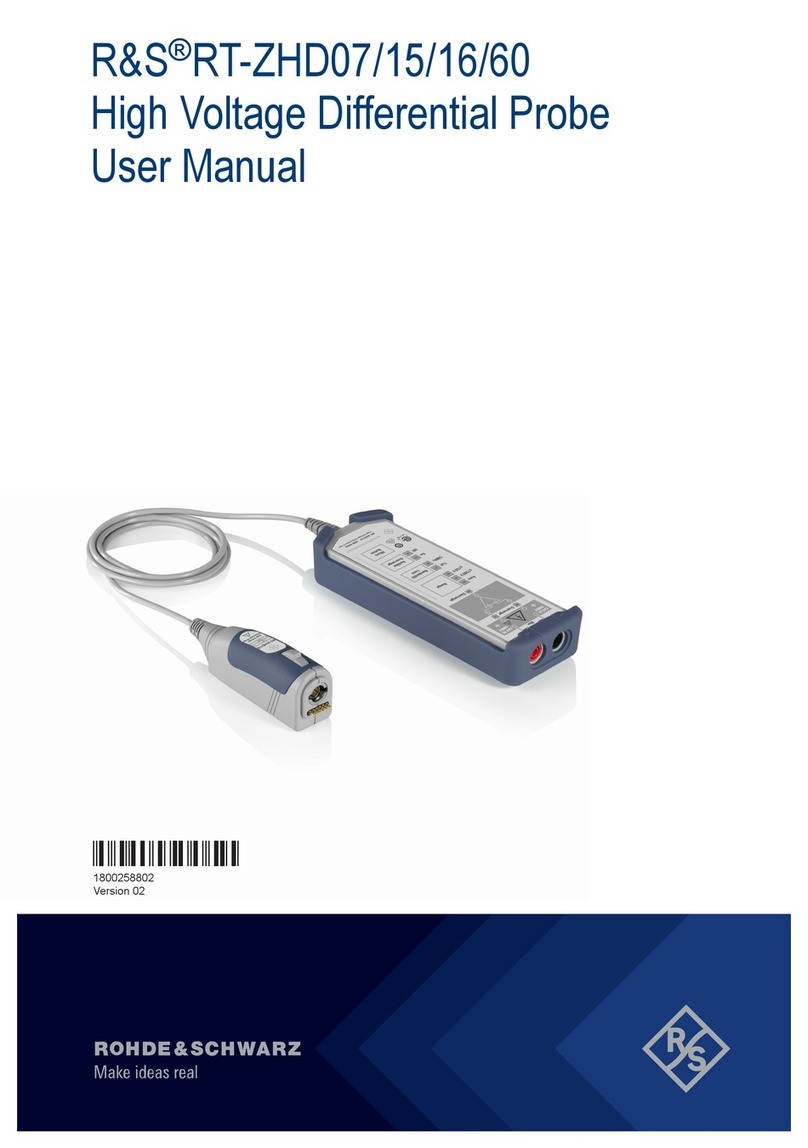
Rohde & Schwarz
Rohde & Schwarz RT-ZHD07 User manual
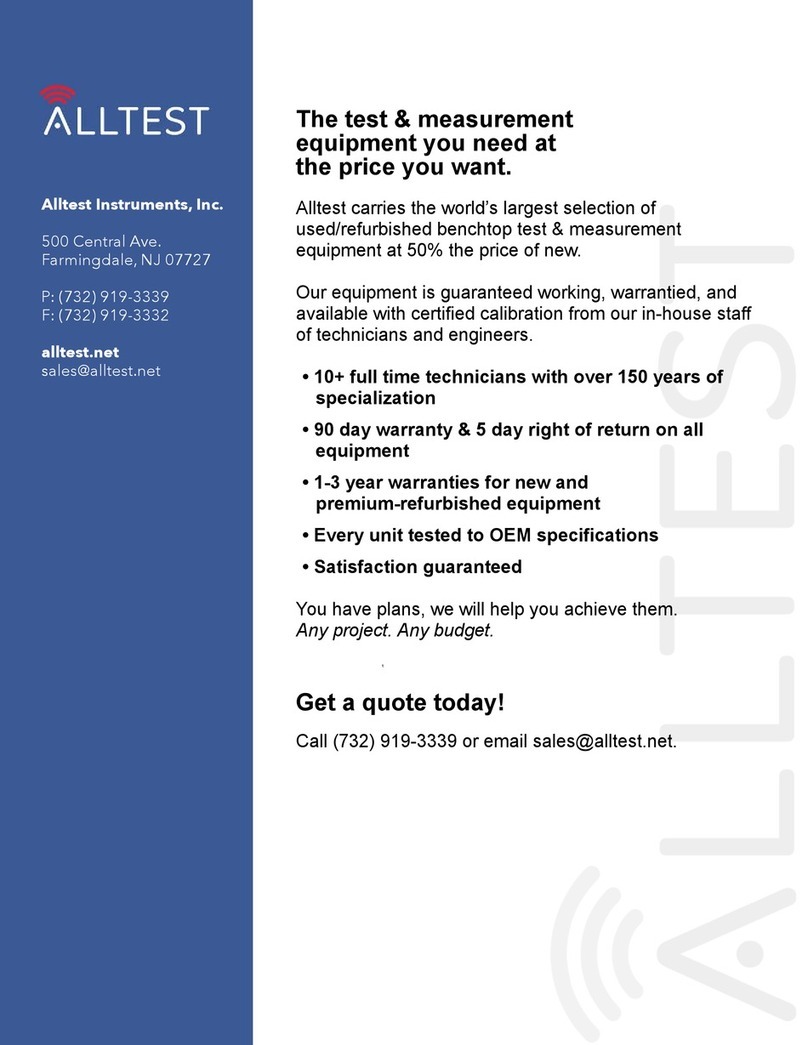
Rohde & Schwarz
Rohde & Schwarz R&S DVM120 User manual
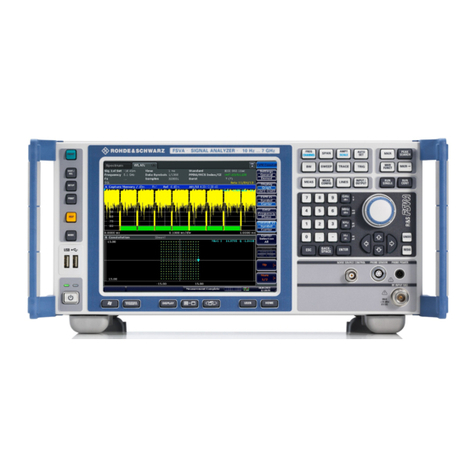
Rohde & Schwarz
Rohde & Schwarz R&S FSVA User manual
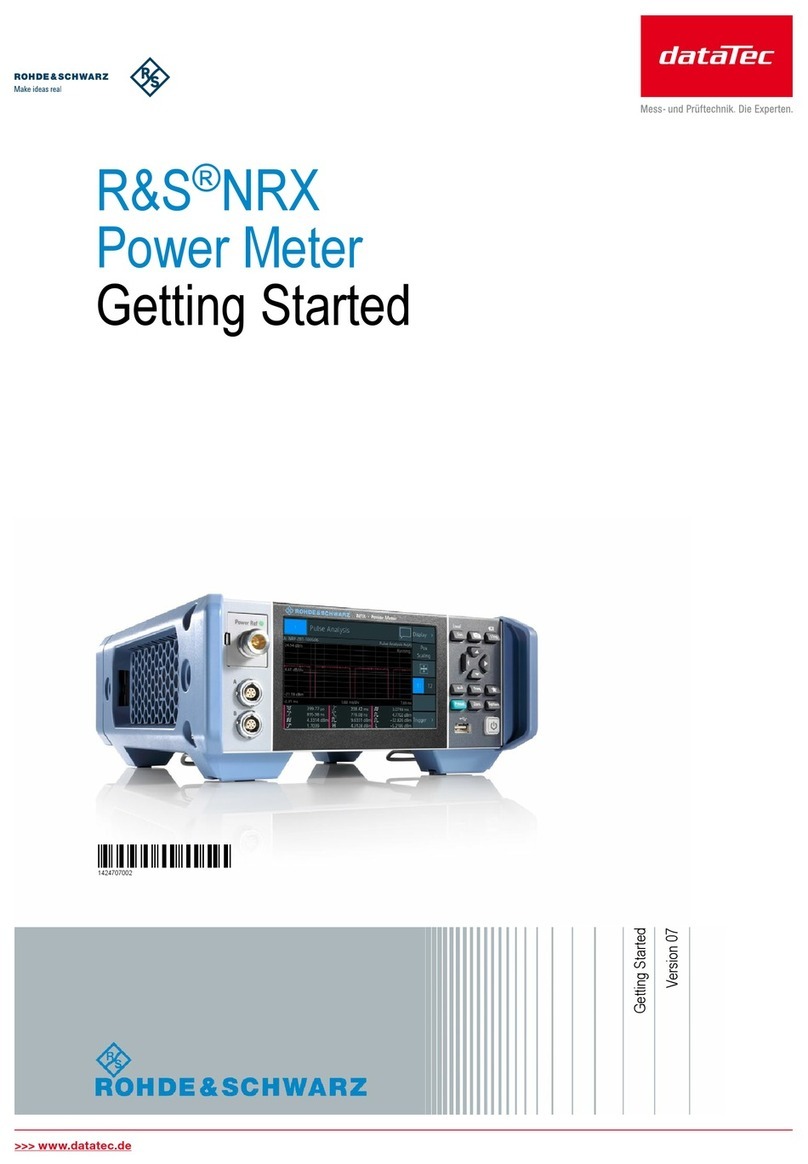
Rohde & Schwarz
Rohde & Schwarz NRX User manual
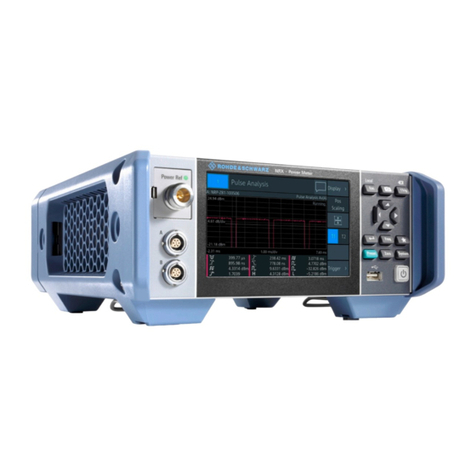
Rohde & Schwarz
Rohde & Schwarz R&S NRX Series User manual
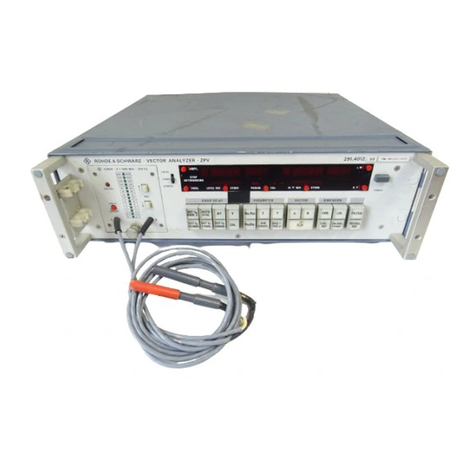
Rohde & Schwarz
Rohde & Schwarz ZPV User manual

Rohde & Schwarz
Rohde & Schwarz RT-ZP05S User manual
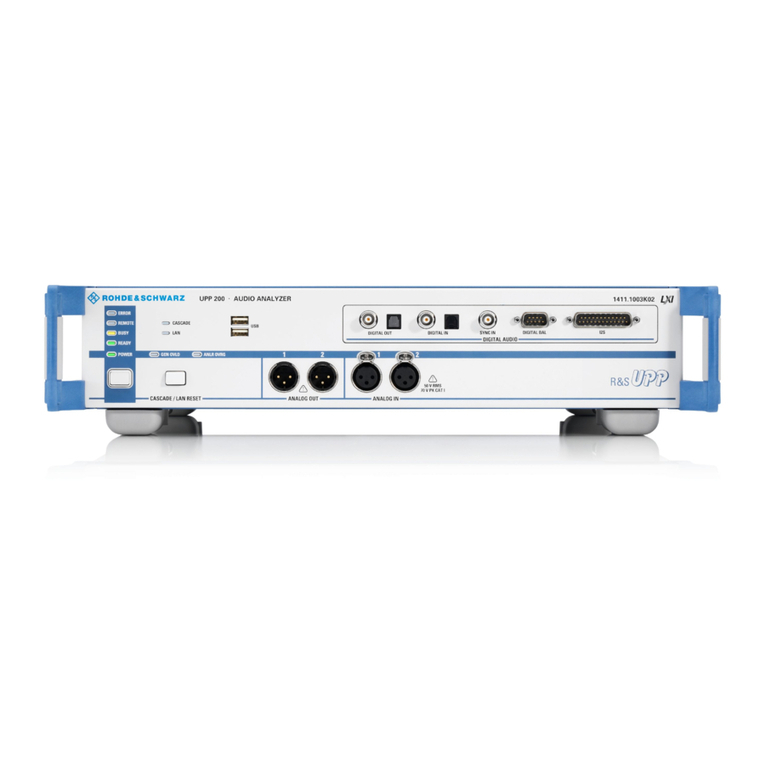
Rohde & Schwarz
Rohde & Schwarz R&S UPP User manual

Rohde & Schwarz
Rohde & Schwarz R&S NRP User manual
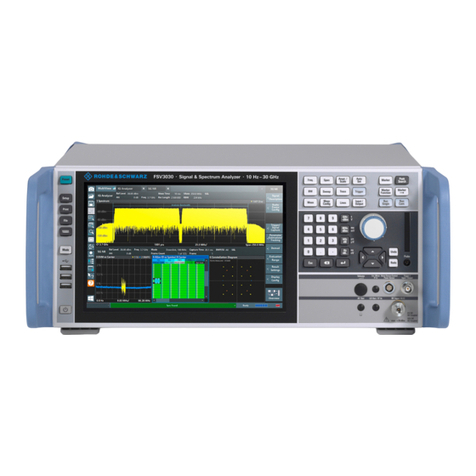
Rohde & Schwarz
Rohde & Schwarz FSVA3000 User manual
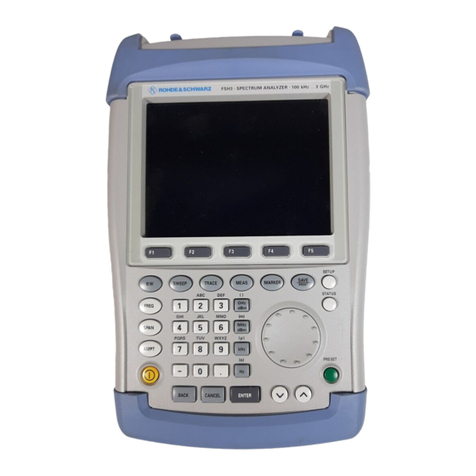
Rohde & Schwarz
Rohde & Schwarz R&S FSH Series User manual
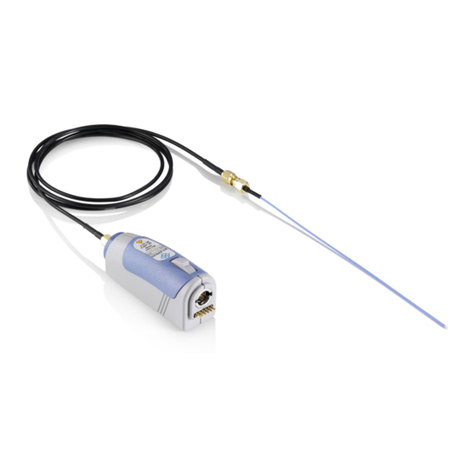
Rohde & Schwarz
Rohde & Schwarz R&S RT-ZPR20 User manual

Rohde & Schwarz
Rohde & Schwarz FSW-K40 User manual
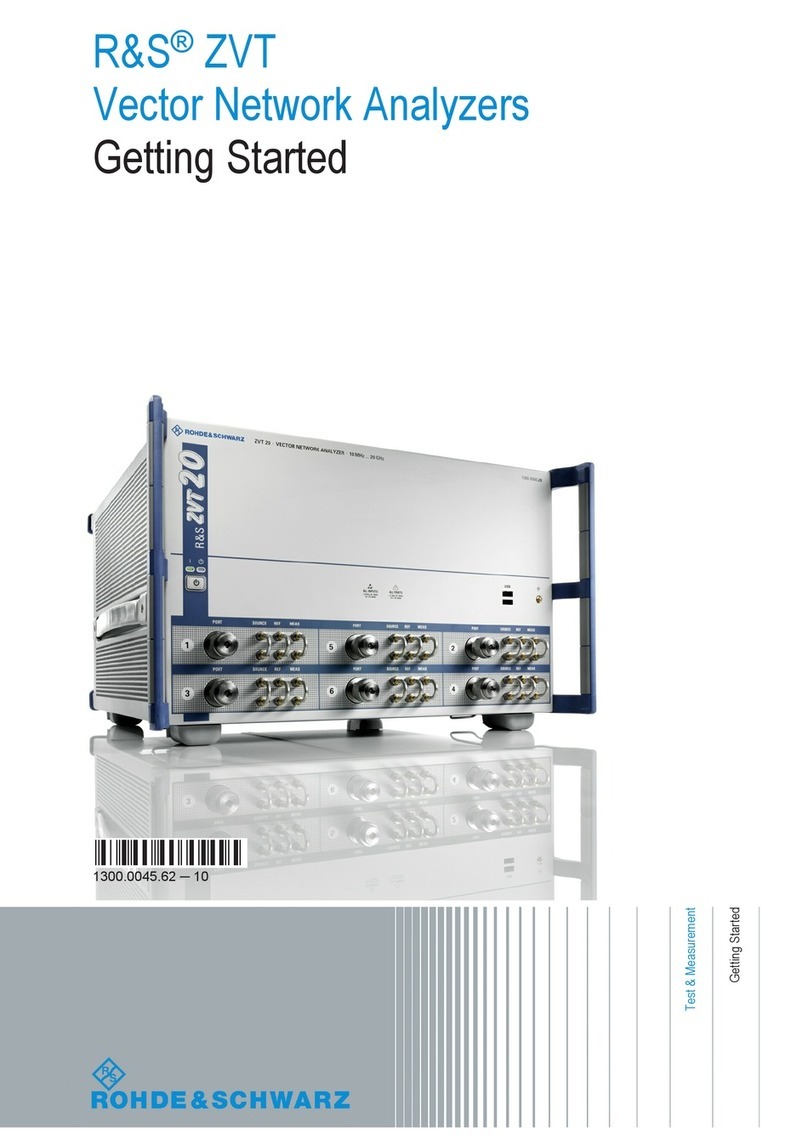
Rohde & Schwarz
Rohde & Schwarz ZVT Series User manual
Popular Measuring Instrument manuals by other brands

Powerfix Profi
Powerfix Profi 278296 Operation and safety notes

Test Equipment Depot
Test Equipment Depot GVT-427B user manual

Fieldpiece
Fieldpiece ACH Operator's manual

FLYSURFER
FLYSURFER VIRON3 user manual

GMW
GMW TG uni 1 operating manual

Downeaster
Downeaster Wind & Weather Medallion Series instruction manual

Hanna Instruments
Hanna Instruments HI96725C instruction manual

Nokeval
Nokeval KMR260 quick guide

HOKUYO AUTOMATIC
HOKUYO AUTOMATIC UBG-05LN instruction manual

Fluke
Fluke 96000 Series Operator's manual

Test Products International
Test Products International SP565 user manual

General Sleep
General Sleep Zmachine Insight+ DT-200 Service manual

